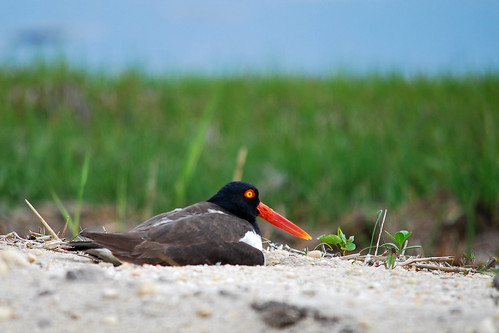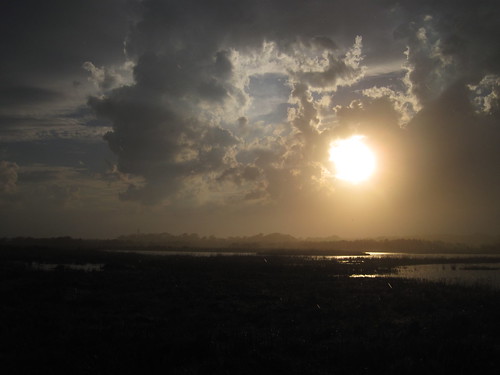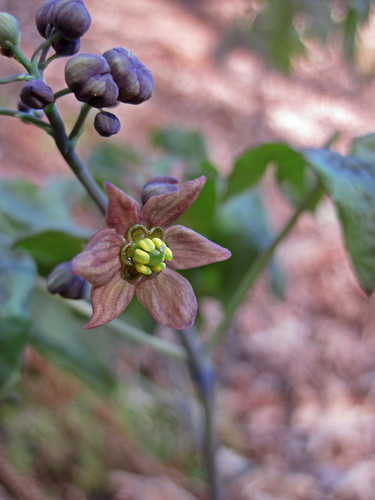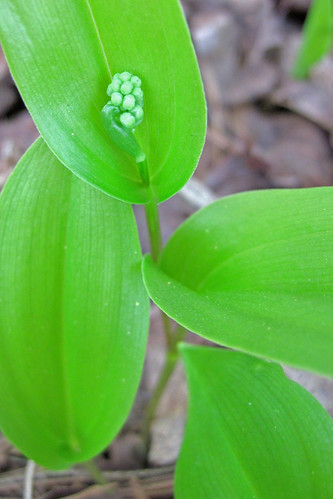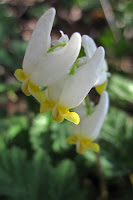Poems are big these days. Montpelier's annual
Poem City just wrapped up its amazing score of events, readings and poems in almost every storefront. Recently, Vermont Public Radio highlighted poetry's ability to help kids learn to read. (Click
here for the full article.) Poems have an ability to capture simple, sweet moments and complicated emotion in touching ways, and educators are tapping into this writing form with their students.
We at Forest School are doing just that. During the past two weeks of near-summer temps and sunshine, we Forest Schoolers have been taken refuge under a shady bridge on the North Branch of the Winooski River (our Nature Center's namesake!). In between bouts of searching for shimmering rocks and sneaking up on crayfish and wood frogs, we wrote some poems ourselves! Here are a few of our creations:
River Haiku, by SP
Flowing and growing
Is nice to put your feet in
Ducks love it so much
It's Low, by OS
And on the other side it's high
It's really slow
And its a bit warmer than last time
The sun hits it and it sparkles
It wooshes across to the other side
And the other side is really high
It's sandy and rocky
Can you guess who I am?
The river!
The River, by SP, OS, and LV
Flowing, gurgling and pretty designs
Cool and refreshing
Wooshing and rushing
Home for many creatures
Rippling and rocky, always flowing
It's big and long
It almost never ends
You can't swim in it because it's too cold
Music to my ears
My ducks would love to swim in it
When you step in the sand over and over,
you have to go in the water over and over
(Apologies for the lack of pictures - they'll be coming soon!!)








